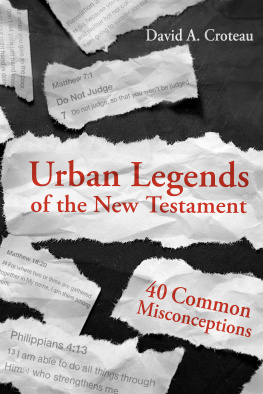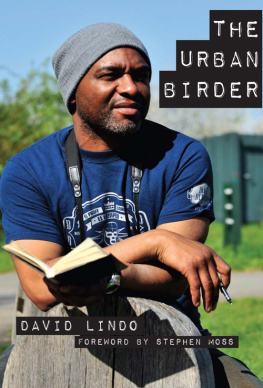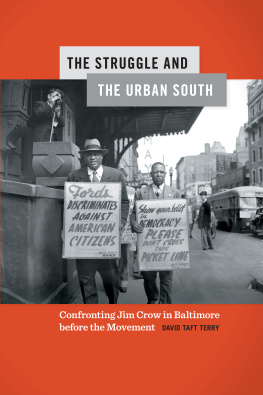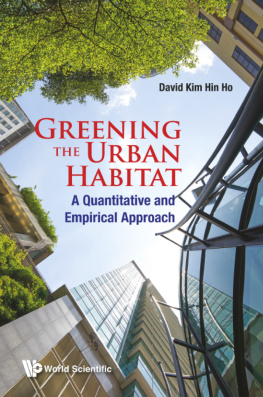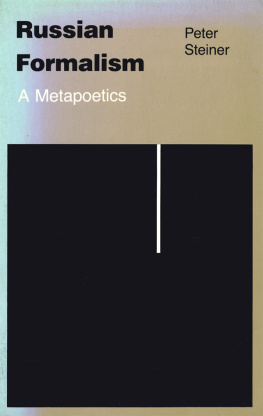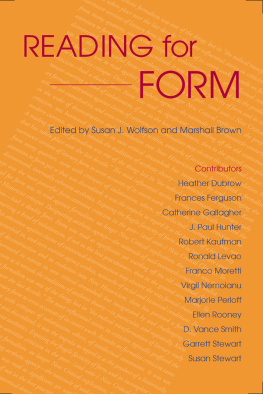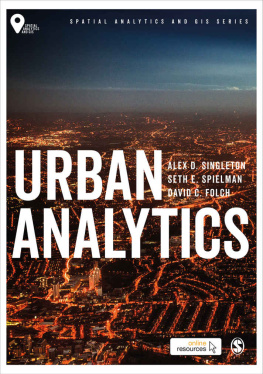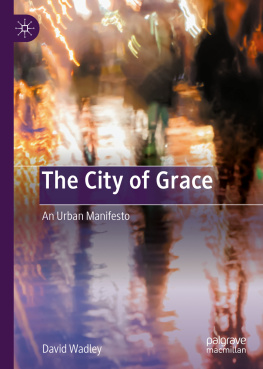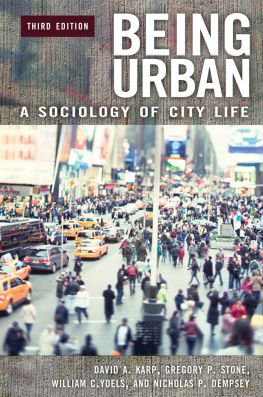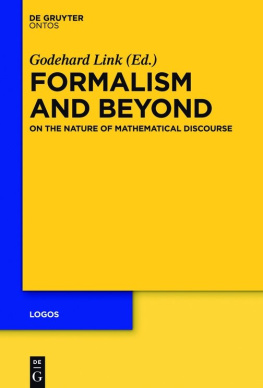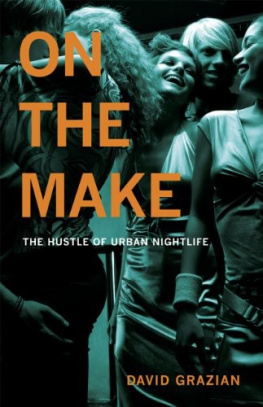
URBAN FORMALISM
POLIS: Fordham Series in Urban Studies
Edited by Daniel J. Monti, Saint Louis University
POLIS will address the questions of what makes a good community and how urban dwellers succeed and fail to live up to the idea that people from various backgrounds and levels of society can live together effectively, if not always congenially. The series is the province of no single discipline; we are searching for authors in fields as diverse as American studies, anthropology, history, political science, sociology, and urban studies who can write for both academic and informed lay audiences. Our objective is to celebrate and critically assess the customary ways in which urbanites make the world corrigible for themselves and the other kinds of people with whom they come into contact every day.
To this end, we will publish both book-length manuscripts and a series of digital shorts (e-books) focusing on case studies of groups, locales, and events that provide clues as to how urban people accomplish this delicate and exciting task. We expect to publish one or two books every year but a larger number of digital shorts. The digital shorts will be 20,000 words or fewer and have a strong narrative voice.
SERIES ADVISORY BOARD:
Michael Ian Borer, University of NevadaLas Vegas
Japonica Brown-Saracino, Boston University
Michael Goodman, Public Policy Center at UMass Dartmouth
R. Scott Hanson, The University of Pennsylvania
Annika Hinze, Fordham University
Elaine Lewinnek, California State UniversityFullerton
Ben Looker, Saint Louis University
Ali Modarres, University of WashingtonTacoma
Bruce ONeil, Saint Louis University
Urban Formalism
THE WORK OF CITY READING
David Faflik
FORDHAM UNIVERSITY PRESSNEW YORK 2020
Copyright 2020 Fordham University Press
All rights reserved. No part of this publication may be reproduced, stored in a retrieval system, or transmitted in any form or by any meanselectronic, mechanical, photocopy, recording, or any otherexcept for brief quotations in printed reviews, without the prior permission of the publisher.
Fordham University Press has no responsibility for the persistence or accuracy of URLs for external or third-party Internet websites referred to in this publication and does not guarantee that any content on such websites is, or will remain, accurate or appropriate.
Fordham University Press also publishes its books in a variety of electronic formats. Some content that appears in print may not be available in electronic books.
Visit us online at www.fordhampress.com.
Library of Congress Cataloging-in-Publication Data available online at https://catalog.loc.gov.
Printed in the United States of America
22 21 20 5 4 3 2 1
First edition
Introduction
The form of a city changes faster, alas! Than a mortal heart
CHARLES BAUDELAIRE, THE SWAN
This book rests upon a pair of related propositions that have far-reaching consequences for the work of urban studies. The first is that the history of the modern city is a history of urban forms. The second is that the interpretive turn to formalism represents a wholly new approach to thinking about urbanism and historicism. In other words, this book argues that to conceive of the city formally is not only to revise our understanding of the citys actual existence. It is to argue for an alternative way of apprehending the conditions through which knowledge of the city is even possible. Forms alter our sense of what the historical city was. Forms change how we perceive the very practice of urban perception, whether were talking about the perceptual habits of historical observers from the past or anyone who is mindful, today, of how forms function in the present century. In the final analysis, the twin claims on which this book depends suggest a different kind of urban being even as they propose a novel approach to city reading. In forms, well never know the city the same way again.
By formalism, I mean something other than the old standby set of interpretive strategies by which weve typically accounted for those classical aesthetic properties (including elements of line, shape, color, texture, and composition) that have long served as signposts for whatever many of us may have been conditioned to regard as artful.foodways, folkways, dress preferences, and hum and hustle of commercial life that defined the look and layout and feel of cities as the century progressed. Other forms were less apparent yet likewise rich with meaning. These included the location and formation of racial and ethnic enclaves; the assigning of gender roles; the length and pace of the workday; and the rate and range of the spread of municipal services like water, sewage, and garbage collection. On its own, any one of these formswhether attributable to time, space, built surfaces, or lived practiceswas indicative of a city teeming with countless ways of being comprehended. Together, these forms were an open invitation for readers to absorb the staggering size and scale and variety of the city by attending to the patterns (regular or irregular, repeatable or random, obvious or inconspicuous) that gave meaning to the surrounding cityscape, if one were predisposed to look.
The appeal of a formal model of city reading is at least twofold. It is reflexive enough, to begin, to encourage a certain self-awareness among even the most casual of urban observers. When we make a study of the respective levels of responsiveness demonstrated by others, we cannot help but take stock of just how responsive we are to the city. As a means of reading, additionally, formalism was and remains an accommodating enough interpretive framework to reflect the wide range of registerssweeping and panoramic on the one hand, up close and personal on the otherin which the formally minded readers who concern us operated. This last point is crucial. For in positing a mutually constitutive relation between formalism, urbanism, and historicism, I am not just advancing a newfangled way to fathom the city as an isolated construct. I am advocating, rather, an interpretive practice that proceeds from a more holistic understanding of the urban than has been conventional even in a globalizing age such as ours. That is to say,
Most writers, Harvey explains, seem to agree that the city has to be regarded as a functioning totality within which everything is related to everything else (Social Justice and the City, 303). At the same time, Harvey and Edward Soja concur (on the general reductive tendencies of city reading, if not on the particular habits it entails in practice) that the interpretations we share of the urban represent at best a partial account of modernity, from the start of the nineteenth century forward. For example, certain members of a scientific subset of sociologists, economists, geographers, architects, and city planners have derived their sense of the urban by attending almost exclusively to the social processes they associate with the city. Others discover in what Soja calls the domains of the temporal/historical or the spatial/geographical an equally compelling, and equally delimiting, location from which to draw their conclusions about the urban, writ large.
Formalism hardly amounts to a grand unified theory of the city. Forms do, however, afford us a vantage from which to better appreciate the infinite variety and diversity of urban conditions, which are always encompassing and only ever changing. By way of illustration, the subtle and complex formal patterns that Caroline Levine interrogates in her book



